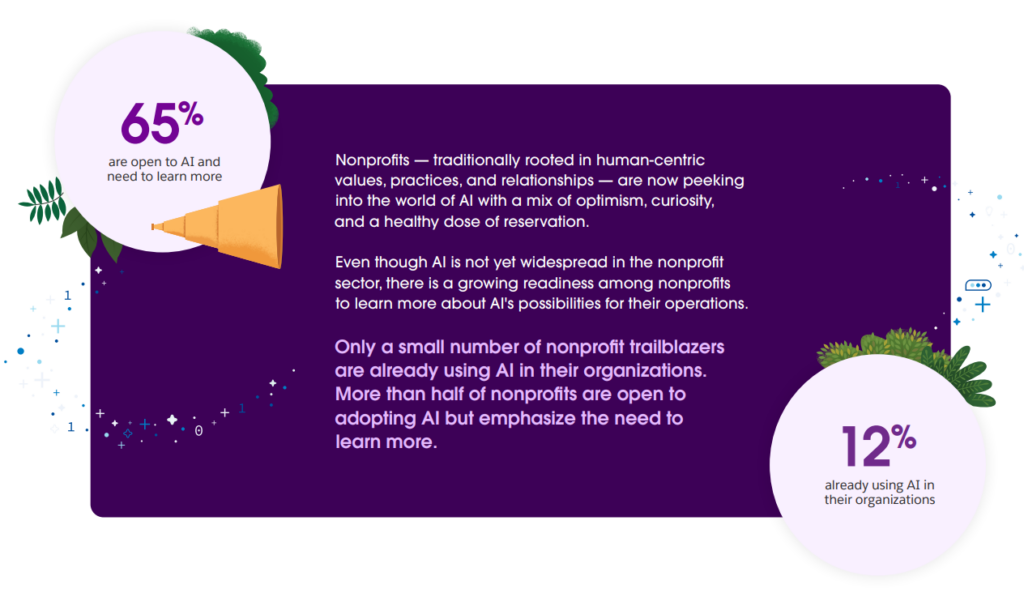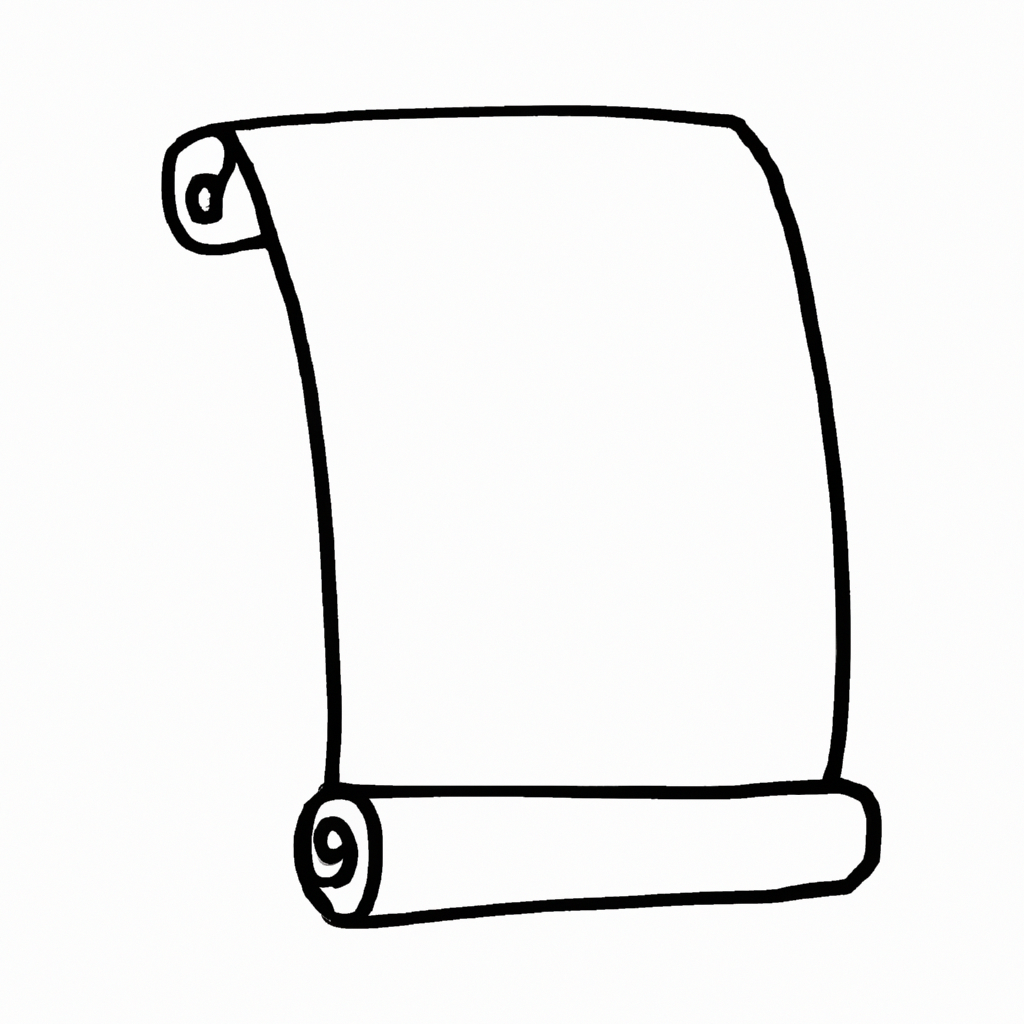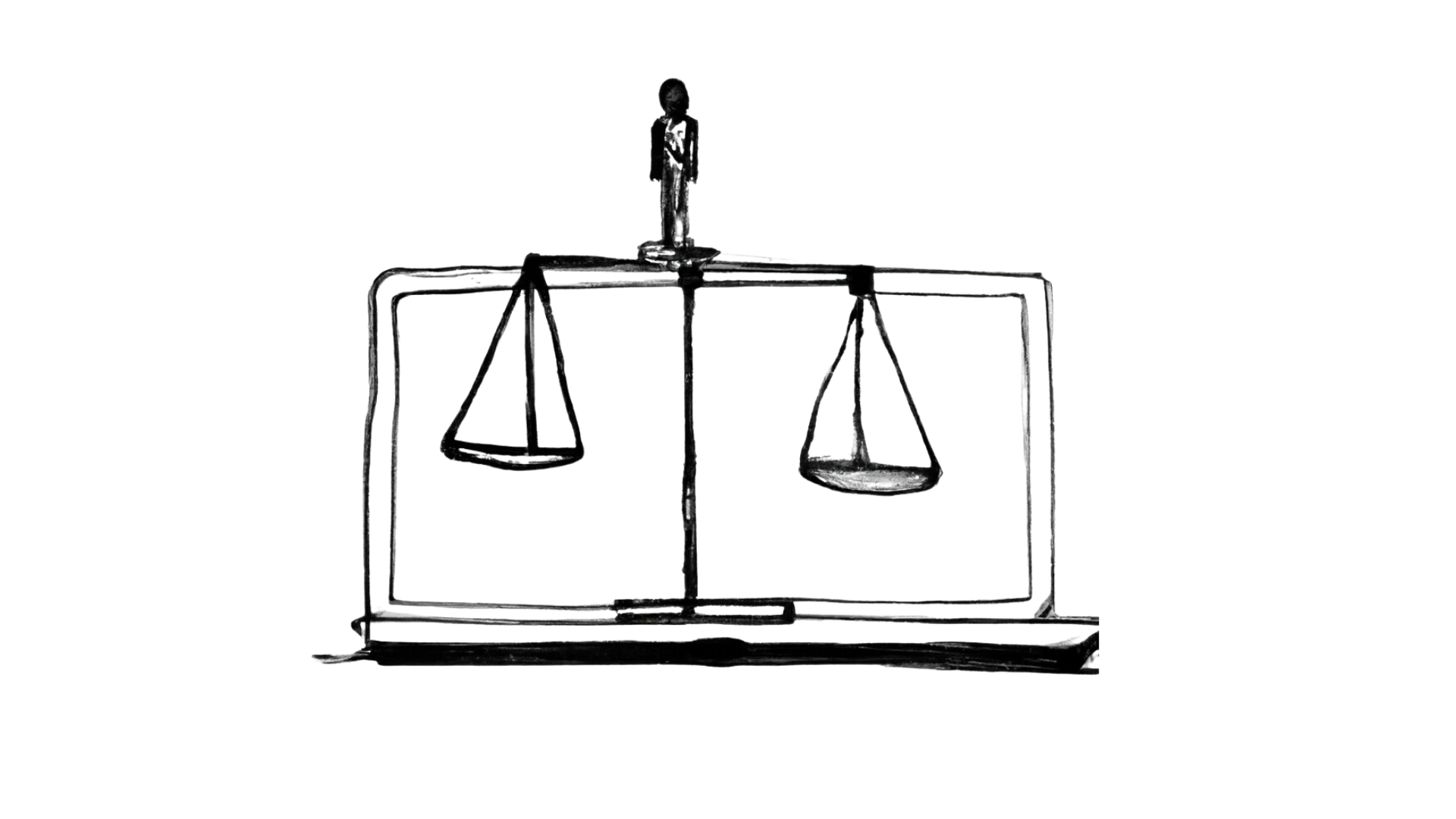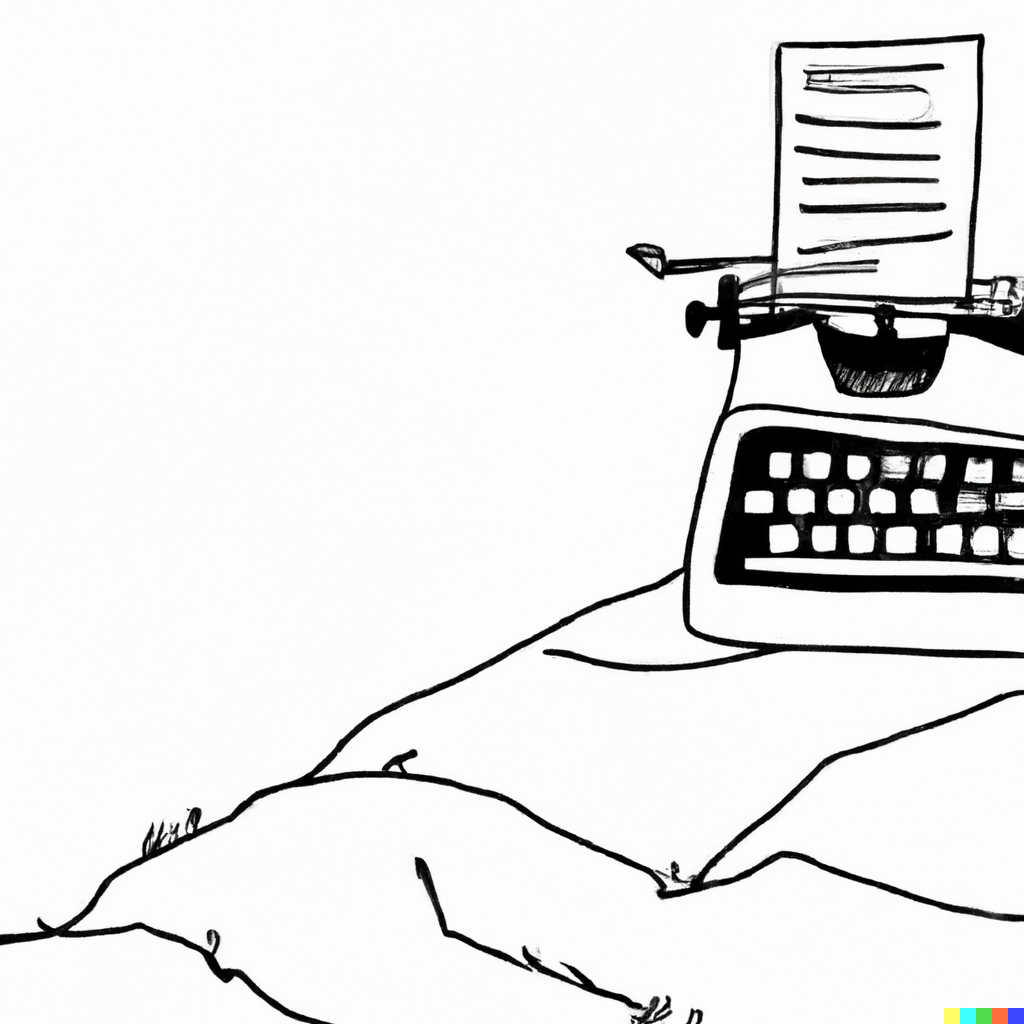Did calligraphers cause the fall of the Ottoman Empire?
Imagine a world where knowledge is trapped, innovation stagnates, and progress grinds to a halt. This isn’t a dystopian fiction—it’s the stark reality the Ottoman Empire faced due to its centuries-long resistance to the printing press. Today, we stand at a similar crossroads with artificial intelligence (AI), and nonprofits must heed this historical warning or risk a fate eerily similar to the Ottoman decline.
In 1439, Gutenberg’s printing press revolutionized Europe, sparking an unprecedented spread of knowledge and ideas. Yet, the Ottoman Empire, once a beacon of learning and culture, stubbornly resisted this innovation until 1727—nearly 300 years later. Why? The empire’s influential calligraphers, fearing for their livelihoods and traditions, fiercely opposed the new technology. They even staged a symbolic funeral procession, mourning their ink stands and pencils as if burying their very way of life.
Fast forward to today, and we see chilling parallels in some nonprofit’s hesitance to embrace AI. Just as the Ottoman calligraphers clung to their quills, many nonprofits are desperately clutching outdated methods, only viewing AI as a threat rather than an opportunity. This resistance isn’t just short-sighted—it’s potentially catastrophic.
Consider the consequences of the Ottoman Empire’s technological lag. While Europe surged ahead, benefiting from rapid knowledge dissemination and scientific advancement, the Ottoman Empire fell behind, its once-great influence waning. Can nonprofits afford to make the same mistake with AI?
The ‘wait and see’ Strategy
The truth is, AI isn’t just another passing trend—it’s a transformative force that’s reshaping our world. It offers nonprofits unprecedented opportunities to streamline operations, gain deeper insights from data, and dramatically increase their impact. By waiting on AI, organizations aren’t just missing out on benefits—they’re actively hurting themselves as the forces they work against misuse these tools.
The title of this article isn’t just for click-bait, but hey you’re reading this far so not bad. It is a nod to the fact that AI is an incredible accelerator when implemented correctly. This is a tool that gives an advantage to some while leaving others behind by what feels like centuries…
But let’s be clear: adopting AI doesn’t mean abandoning human touch or creativity. Just as the Ottoman Empire eventually found a balance, continuing to assign religious texts to calligraphers while embracing the printing press for other works, nonprofits can strategically implement AI while preserving their core values and human elements.
The stakes are too high for complacency. Every day a nonprofit delays AI adoption is a day of missed opportunities—opportunities to serve more beneficiaries, to solve problems more efficiently, to make a greater impact on the world.
A Message to the Leaders of Calligraphers
So, to every nonprofit leader dealing with internal calligraphers: Will you be the Ottoman Empire, clinging desperately to the past? Or will you be someone who leads your organization in a way that both saves the art of the work and leverages what is possible with new tools?
The choice is yours, but remember—history judges harshly those who resist progress. There will always be a place for the craft and even more opportunities that reveal themselves when you combine old and new. Famously, Steve Jobs was inspired to bring fonts to computers thanks to a calligraphy class…
A 2024 Salesforce nonprofit study revealed that only 12% of surveyed nonprofits had adopted AI – though 65% acknowledge needing to learn. This gap of groups waiting is a major problem as staff figure things out on their own, opening up risky usage of these tools.

So to leaders – act now because your staff is already using it. Explore AI solutions. Create an internal AI policy and initial plan. Attend AI workshops be it here or other trusted sources.
Your mission, your beneficiaries, and the future of your organization depends on it.
More historical details about the Ottoman Empire + Printing press for geeks
The Ottoman Empire, which was centered in modern-day Turkey, initially held back the adoption of the printing press to preserve its calligraphy industry. Some key points about this:The first printing press in the Ottoman Empire was not established until 1727, nearly 300 years after Gutenberg’s invention in Europe. There was resistance from calligraphers, who saw the printing press as a threat to their livelihoods. According to one account, calligraphers protested by putting their ink stands and pencils in a coffin and marching to the palace. Ottoman intellectuals preferred handwritten books for their artistic and aesthetic value. Reading was seen not just as a necessity but as an enjoyable experience, with elaborate handwriting, shining ink, and ornate covers.After the initial introduction of the printing press, religious books were still assigned to calligraphers to copy by hand, as a concession to the protests.The Ottoman Sultan Ahmed III finally issued a decree in 1727 allowing the publication of non-religious books using the printing press.Even after its introduction, the printing press struggled to gain widespread adoption in the Ottoman Empire. The first printing house, established by İbrahim Müteferrika, faced challenges and periods of closure.This delay in adopting the printing press had significant consequences. While Europe experienced rapid spread of knowledge and ideas through printed materials, the Ottoman Empire and much of the Middle East fell behind technologically and culturally over the following centuries.It’s worth noting that this resistance was not universal across all Muslim lands. For example, some Arabic and Persian books were printed in Europe and sold in the Ottoman Empire as early as 1587. However, the strong calligraphy tradition in the Ottoman Empire specifically led to a prolonged resistance to widespread adoption of printing technology. Sources: https://www.dailysabah.com/feature/2015/06/08/myths-and-reality-about-the-printing-press-in-the-ottoman-empire
https://www.linkedin.com/pulse/historys-ab-test-printing-press-middle-east-matt-dalio-2c/










